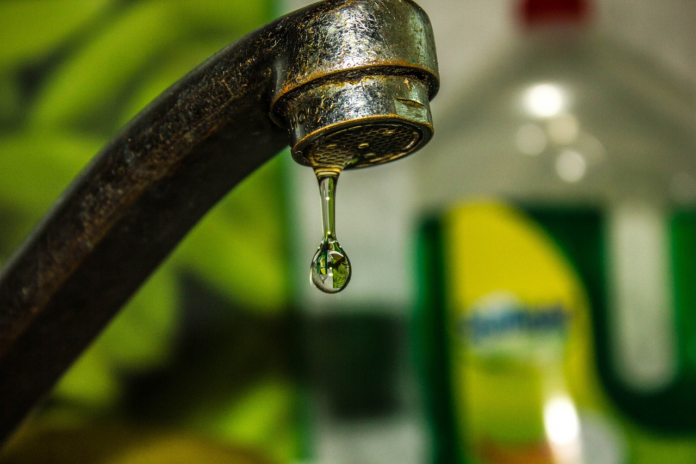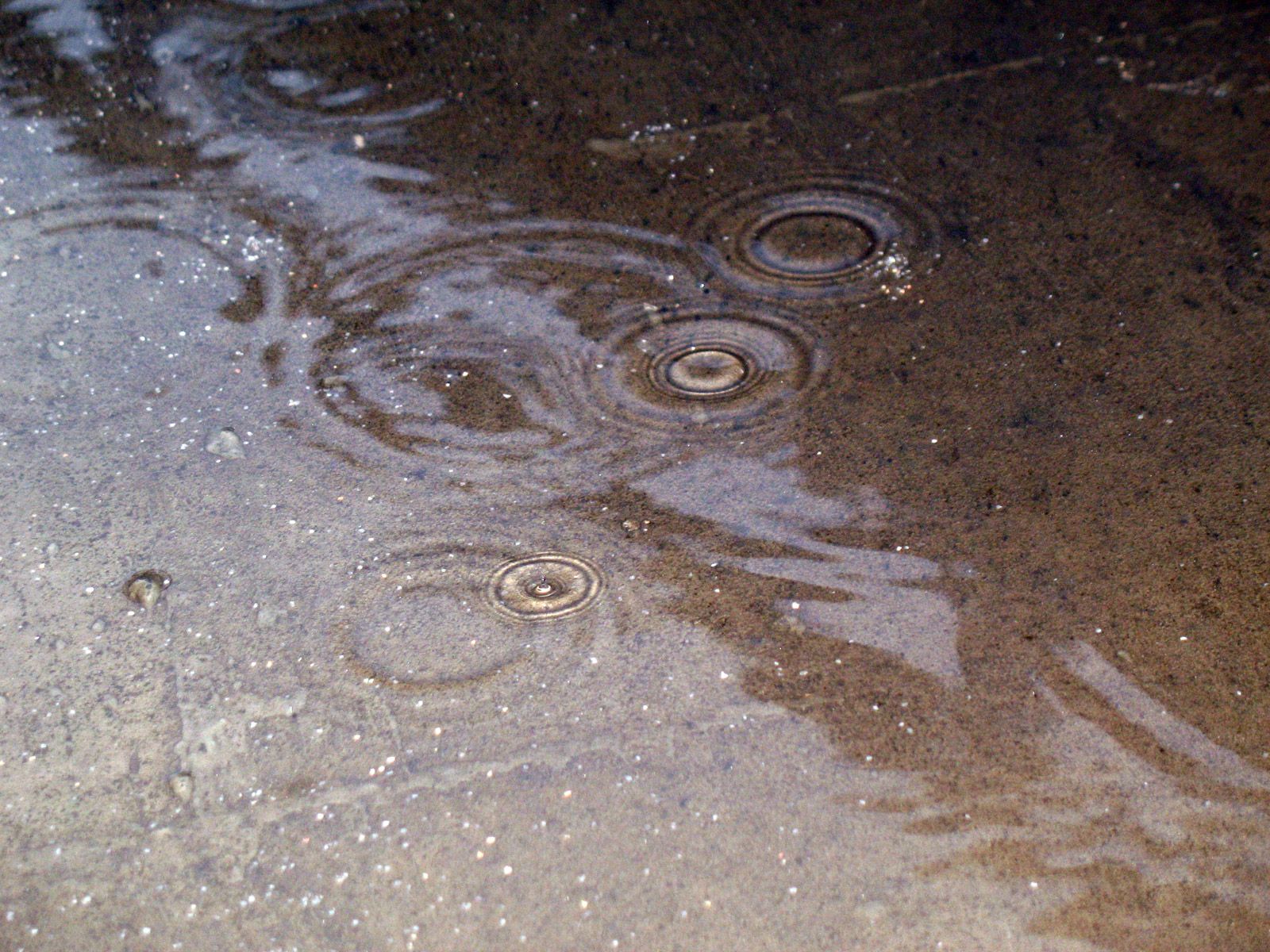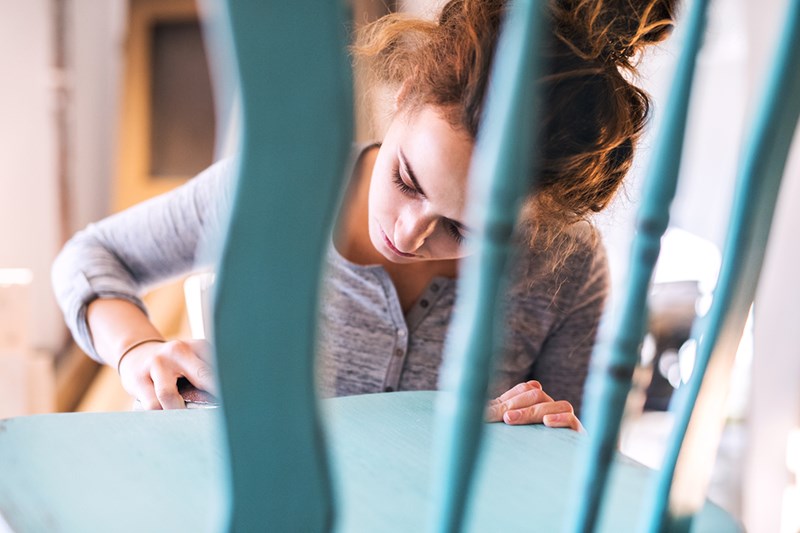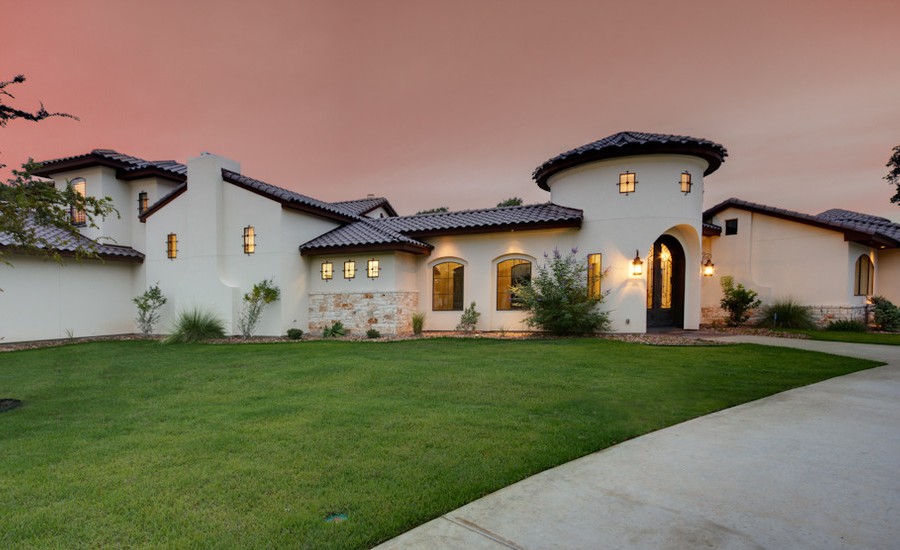While you may be aware that active leakage needs immediate repair, you should also take note of some common signs that could help you detect water leaks ahead of the red-alert.
1. Water puddles
What can be a greater sign of leakage trouble than water itself? You walk into the kitchen or bathroom and find a neat little puddle reaching your foot. Unless, you left the tap open or suspect a spill, rest assured you have a leakage.
Unexplained water-logging or flooding in the house requires expert and urgent care of a professional. Call a plumber immediately.
2. Visible mold
If you notice tacky-looking soft-textured brown or green stains on the wall, it would be a mold-growth. Mold can be toxic and cause allergies and illness. It’s a clear sign of moisture and seepage, and a corresponding leak.
Often, the source of leak may be far from the actual spot of mold growth. For example, a mold growth on the ceiling may be due to leakage in the drainage pipe of a bathroom upstairs.
3. A sudden spike in the water bill
Water bill is a pretty standard expense in our budget. The amount due is predictably the same every month. But if you notice a sudden, unexplained rise in the bill amount, you should suspect that there is a major leak developing in your household.
You will need to corroborate this finding with other discernible signs in order to take corrective measures.
4. Stuffy or stale smell
Sometimes mold-growth remains hidden from plain sight. Mold may start growing under the sink, inside kitchen cabinets and behind the sofa.
A foul musty stink gives away mold growth lurking underground and in neglected areas. Smelly infestations are a definite risk for asthma and breathing problems; thus, it should be removed as soon as possible. This is a serious situation and you need to find a plumber right away. If you live in Baltimore, you can do a local Google search, “Baltimore plumbers” to get instant assistance from local plumbers.
5. Damp wall
If you stand by a wall and feel it to be cool or damp, this may be a sign of water seepage. Sometimes the plaster or paint starts crumbling and peeling away. Consult with a damp proofing expert to confirm the cause of the damp.
If some pipe-works lie behind the wall, there may have been an internal leak which can be felt on the surface. Sometimes the damage may not be because of a leak but due to hygroscopic salt contamination.
6. Wall cracks
Wall cracks may indicate a leakage that has been present for a long time. The continuous seepage at the same spot can lead to the ground beneath to give away.
Even though shift is not noticeable, the brick lining of the wall may dislodge and cracks may show on the walls.
7. Swollen or damaged wood
If you notice baseboard swelling, don’t put it off as an issue to be dealt by the carpenter some other day. Wood and MDF boards can swell with moisture absorbed from nearby leaks.
If the inside of your cabinets is lined with wooden boards, it may appear warped, bubbled or peeling due to leaks behind the surface.
8. Outdoor leaks
Leaks in the backyard or front lawn may get neglected due to already existing wild-life around. However, a small patch unusual growth in the lawn or in an area close to the base of a wall may signify an underlying pipe leaking. You should closely inspect the area in order to determine the root cause.
Conclusion
There are some people who think they couldn’t care less about a leaking tap. Thankfully, you are not one of them! Very small leaks can eventually give way to extreme leaks.
If left unchecked even for a couple of days, a leakage can prove catastrophic. If you wait for too long, you could end up with stained flooring, cracked wall-tiles or damaged fixtures.





















